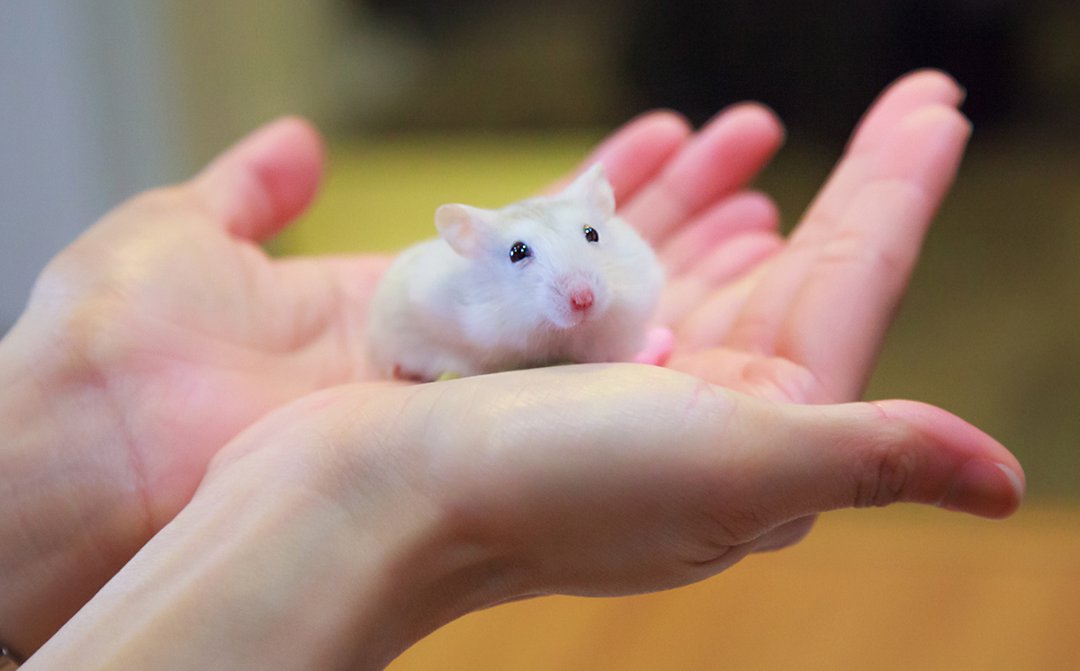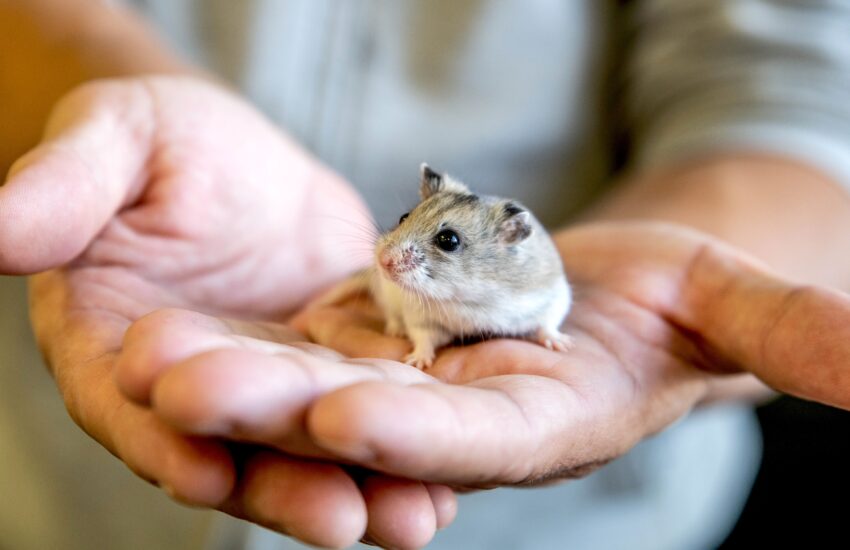Best Hamster Types for Hands-On Experience
Hamsters have long been cherished as beloved pets, providing companionship and joy to many households. When it comes to selecting a hamster that thrives on **hands-on interaction**, there are a few specific types that stand out from the rest. In this article, we will explore the characteristics, behaviors, and care requirements of various hamster breeds that are particularly suitable for handling. By the end, you’ll know which hamster type is right for your lifestyle, along with tips for creating a positive experience for both you and your new furry friend.
Understanding Hamster Breeds
Choosing the right hamster breed is essential for ensuring a rewarding experience. Not all hamsters are born the same; some are more sociable and equipped for hands-on handling than others. Here, we delve into the characteristics of the most common hamster types that make excellent companions. Understanding their temperament is vital in making your decision.
Syrainian Hamster
The **Syrian hamster**, also known as the Golden hamster, is the most popular type for hands-on owners. They are typically friendly and enjoy interacting with humans, making them perfect for families. Syrians are larger than other hamster breeds, with sizes ranging from 5 to 7 inches in length. This breed also possesses a curious and playful nature, often engaging with their owners. When handled gently, they are relatively easy to train and bond with.

Dwarf Hamster Breeds
Dwarf hamsters are another great choice for hands-on experiences, especially if you prefer a smaller size. The Campbell’s Dwarf hamster and the Roborovski dwarf hamster are known for their friendly demeanor. While they are slightly less social than Syrian hamsters, they can become quite tame with regular handling and gentle interaction. Dwarf hamsters are about 3 to 4 inches long and are typically more energetic. They may sometimes be a bit skittish, so spending time with them consistently will help cultivate a friendship.
Creating a Hands-On Experience with Your Hamster
Successfully socializing your hamster is key to enjoyable interactions. From the moment you bring your hamster home, it is important to create a welcoming environment that encourages gradual acclimatization to humans. The manner in which you approach handling will determine their comfort level and willingness to interact. Below are strategies to enhance your hamster’s hands-on experience.
Establishing Trust
Before you start handling your hamster, devote some time to allow them to familiarize themselves with their new surroundings. Spend 2-3 days just observing and talking to them without making direct contact. You can begin by offering treats through the bars of the cage; this not only creates positive associations but also helps develop trust. When they seem comfortable, try gently placing your hand in their habitat for them to explore first. Remember, patience is essential, and every hamster will have their own pace.

Effective Handling Techniques
Once your hamster is comfortable around you, you can start handling them more frequently. When picking up your hamster, use both hands to support their entire body. Allow them to climb onto your palm by encouraging them with a treat. Avoid scooping or grabbing quickly, as this can frighten them. Instead, develop a routine: Handle them for 10-15 minutes at a time to foster a sense of safety. Over time, they will likely seek out your hands for companionship.
Health and Well-Being for Hands-On Hamsters
When choosing a hamster for hands-on experiences, maintain the focus on their health and overall well-being. A healthy hamster is more likely to interact positively with its owners. Ensure your hamster’s cage is appropriately equipped, clean, and comfortable.
Proper Diet and Nutrition
A balanced diet plays a crucial role in maintaining your hamster’s health and energy levels. A mix of high-quality hamster pellets, fresh fruits, and vegetables should be provided. Avoid foods that are high in sugar or fat as they can lead to health issues. Furthermore, monitoring your pet’s weight and behavior will signal if they are physically unwell, potentially affecting their willingness to engage hands-on.

Providing Enrichment
Hamsters are playful creatures that require mental and physical stimulation to thrive. Supplement their environment with interactive toys, tunnels, and exercise wheels. Regularly changing their habitat layout keeps them engaged and can make hands-on time more enjoyable. Exploring their surroundings alongside your hamster can cultivate positive interactions while providing both of you with enriching activities.
Key Takeaways
1. **Syrian hamsters** are generally the best option for a hands-on experience due to their friendly and sociable nature.
2. Dwarf hamsters like **Campbell’s** or **Roborovski** dwarfs can also be good choices; they just may take a bit more time to get used to handling.
3. Establish trust before handling and always use proper techniques to minimize stress for your hamster.
4. A balanced diet and a stimulating environment are core components in keeping your hamster happy and healthy, ensuring they enjoy human interaction.
FAQ
1. How can I train my hamster to be more comfortable with handling?
Training your hamster to enjoy handling involves patience and consistency. Start slowly by allowing them to acclimate to your presence, providing treats through the bars of their cage, and gradually moving your hand closer. Once they’re comfortable, gently pick them up using both hands for support. Short, positive sessions will help your hamster associate handling with enjoyable experiences.
2. What should I do if my hamster bites me?
If a hamster bites, it’s usually a sign of fear or stress. Ensure you approach them calmly and provide space for them to feel secure. If the biting persists, reassess your handling techniques and give your hamster time to adjust to your presence. Bites can also occur during initial acclimatization; be gentle and patient, rebuilding trust over time.
3. What are the signs of a healthy hamster that enjoys interaction?
A healthy hamster will be active and curious, often exploring its environment and gradually becoming accustomed to interactions. Look for behaviors like responding to your voice, running toward you, and seeking out your company. If your hamster appears lethargic or shows signs of aggression, it may indicate a health issue requiring veterinary attention.
4. Can multiple hamsters be kept together for more interactions?
Keeping multiple hamsters together can be tricky, as many hamster breeds, especially Syrians, are territorial and prefer solitude. Dwarf hamsters are more social and can sometimes live in pairs; however, conflicts can arise. If you choose to house multiple hamsters, ensure they have enough space to avoid territorial disputes.
5. What precautions should I take when handling my hamster?
When handling your hamster, always ensure that your hands are clean and free of strong odors. Avoid sudden movements that can scare them, and be mindful of young children handling hamsters as mishandling can lead to injury. Additionally, always supervise playtime outside of their cage to prevent escapes or accidents.
